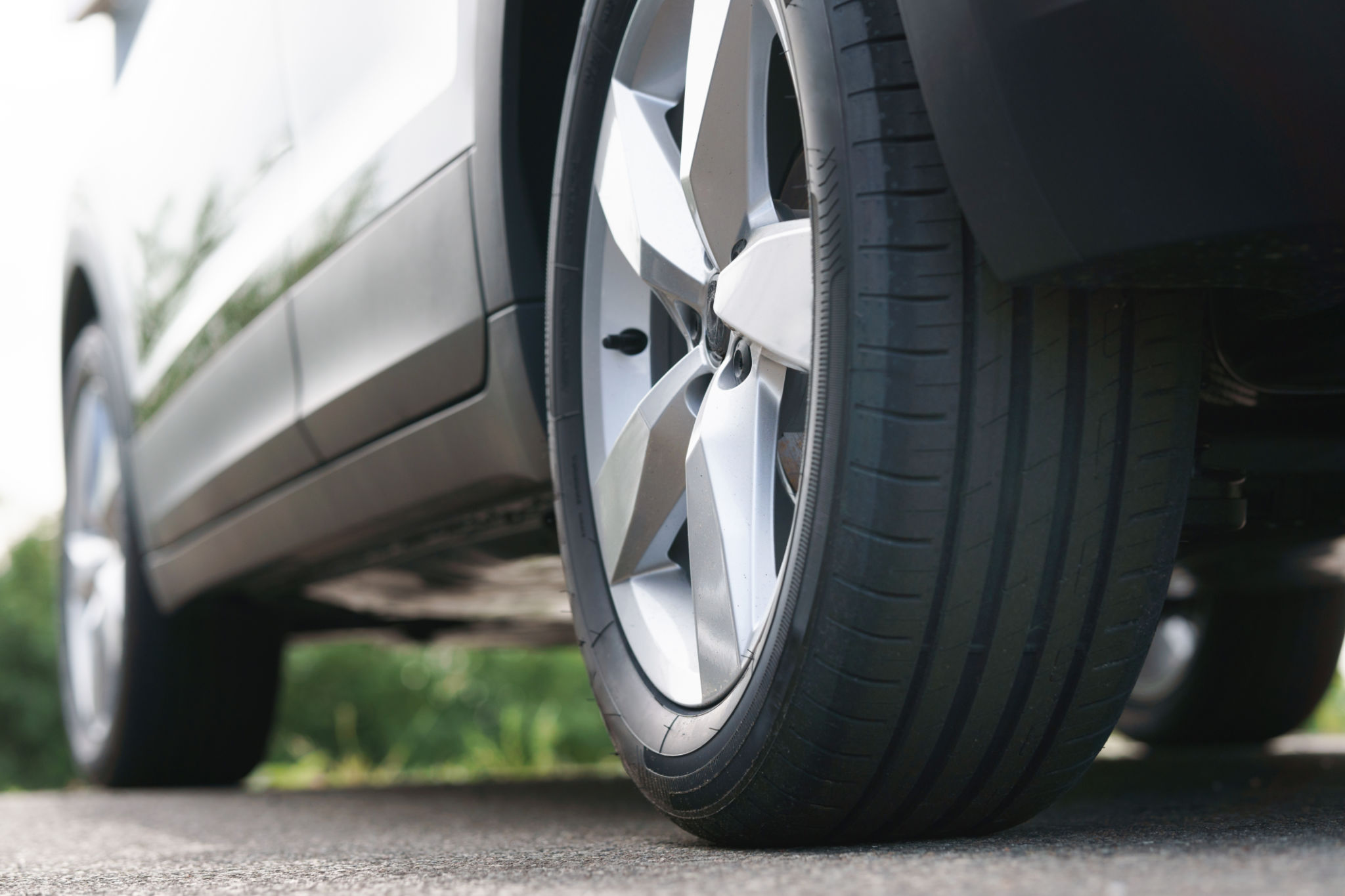Expert Advice: When to Replace Your Tires for Optimal Safety
Understanding the Importance of Timely Tire Replacement
Ensuring the safety of your vehicle starts from the ground up, quite literally. Tires are an essential component of vehicle safety, influencing everything from handling to fuel efficiency. Knowing when to replace your tires can be the difference between a safe drive and a risky one. In this guide, we'll delve into expert advice on how to determine the optimal time to replace your tires.

Recognizing the Signs of Tire Wear
Regular inspection of your tires is crucial. Look for visible signs of wear such as cracks, bulges, or blisters on the sidewalls. These are indicators that your tires may need replacing. Another telltale sign is uneven tread wear, which can point to issues like misalignment or improper inflation.
Using a tread depth gauge or the penny test can help determine if your tread is too worn. Simply insert a penny into the tread groove with Lincoln's head facing down. If you can see the top of Lincoln's head, it's time to replace your tires. Remember, tread depth is critical for maintaining traction, especially in wet or slippery conditions.
Understanding Tire Age and Its Impact
Tires have a lifespan, typically between six to ten years. Over time, rubber deteriorates due to factors like UV exposure and temperature changes. Even if your tires look fine and have adequate tread, they may still need replacement due to age alone.

Check the tire identification number on the sidewall to determine the manufacturing date. This code provides the week and year the tire was produced. If your tires are approaching or past their expiration date, consider replacing them to maintain optimal safety.
Evaluating Driving Conditions and Habits
Your driving habits and the conditions you frequently encounter can accelerate tire wear. For instance, if you often drive on rough roads or in extreme weather conditions, your tires will likely wear out faster. Additionally, aggressive driving behaviors like hard braking or rapid acceleration can shorten tire lifespan.
Consider rotating your tires regularly and keeping them properly inflated to extend their life. Regular maintenance not only promotes safety but also enhances performance and efficiency.

Consulting with a Tire Professional
When in doubt, consult with a tire professional. They can assess your tires' condition and provide personalized recommendations based on your vehicle and driving habits. Professionals can also ensure proper installation and balance, which are crucial for safety and longevity.
Regular check-ups with an expert can catch potential issues early, saving you time and money in the long run. Don't underestimate the value of professional insight when it comes to something as important as tire safety.
Conclusion: Prioritizing Safety Through Proactive Replacement
Replacing your tires at the right time is vital for ensuring your safety on the road. By observing wear indicators, considering tire age, and understanding how driving conditions affect your tires, you can make informed decisions about when to invest in new ones.
Your tires are your vehicle's connection to the road; keeping them in optimal condition is essential for a safe driving experience. Always prioritize regular maintenance and timely replacement, and consult with professionals to ensure you're making the best choice for your specific needs.